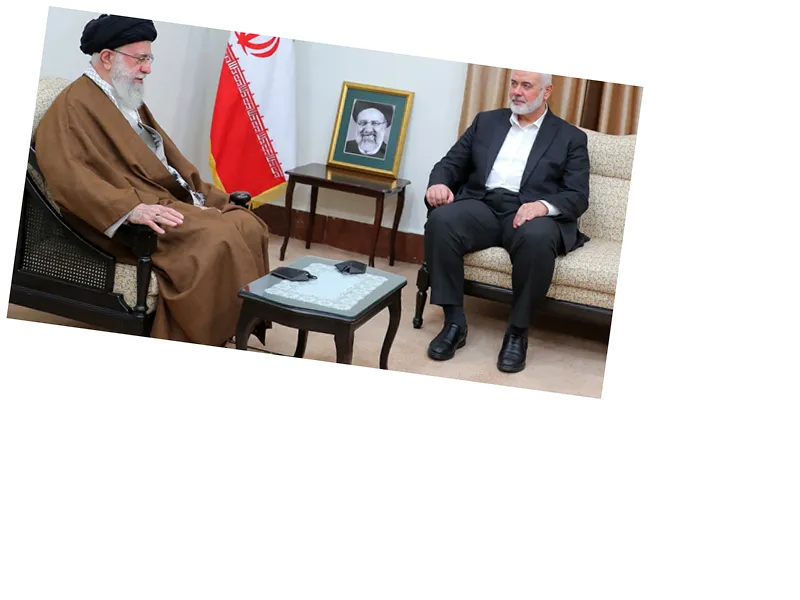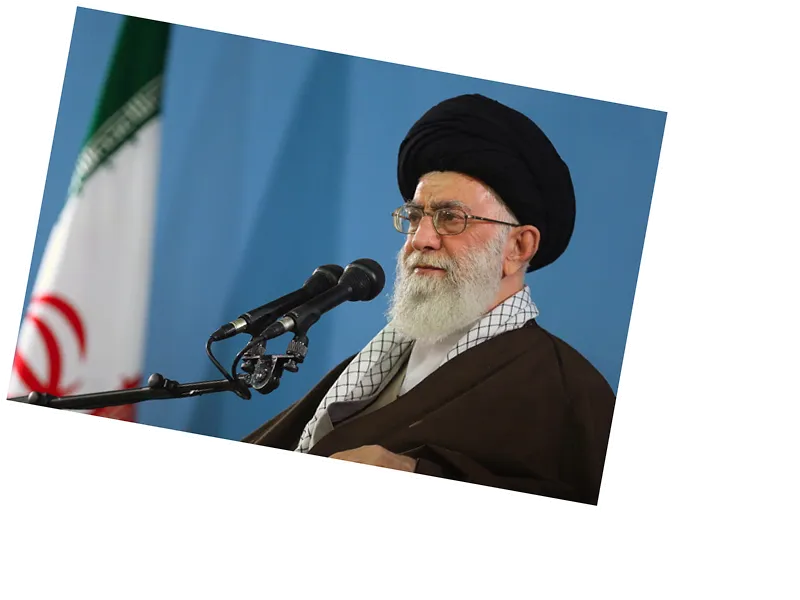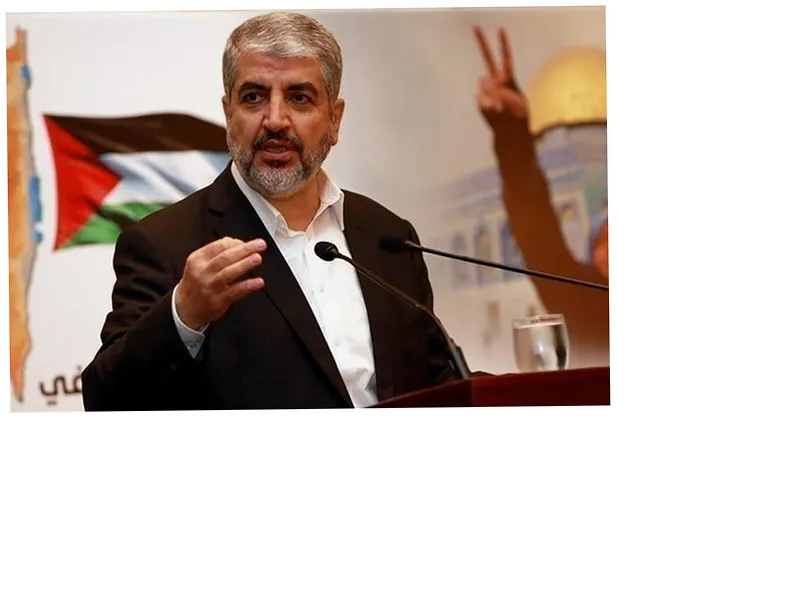Israel's Intensified Air Strikes on Syria Post-Al-Aqsa Flood
Following the Al-Aqsa Flood operation on October 7, 2023, Israel has significantly escalated its air strikes on Syrian territory, marking a shift in its military strategy. These strikes, which have been a part of Israel's ongoing campaign against Iranian influence in Syria since 2013, have intensified in quantity and quality. The Israeli military claims that these operations are aimed at disrupting Iranian Revolutionary Guard activities and arms transfers to Hezbollah, which have been perceived as direct threats to Israel's security.
Historical Context of Israeli Operations in Syria
Israel's military actions in Syria have fluctuated over the years, reflecting changes in the geopolitical landscape. The frequency of air strikes dropped in 2022 due to a decline in coordination with Russia amid the Ukraine conflict. However, the situation changed dramatically after the Al-Aqsa Flood, with reports indicating over 100 Israeli attacks on Syrian soil since that date. The targets have expanded beyond traditional military sites, now including high-profile attacks on Iranian military leaders and facilities, such as the Iranian consulate in Damascus and missile development centers.
Implications of the Escalation
The recent developments suggest a more aggressive Israeli stance, which includes direct confrontations with Iranian forces within Syria. The attacks have not only aimed at military assets but have also increasingly resulted in human casualties among Iranian military personnel. This shift indicates that Israel is adapting its military strategy in response to the evolving threats in the region, particularly concerning Hezbollah's activities and the broader Iranian military presence in Syria. The implications of these actions could further escalate tensions in the region, particularly with Iran, and may influence the dynamics of the ongoing conflict in Lebanon.





